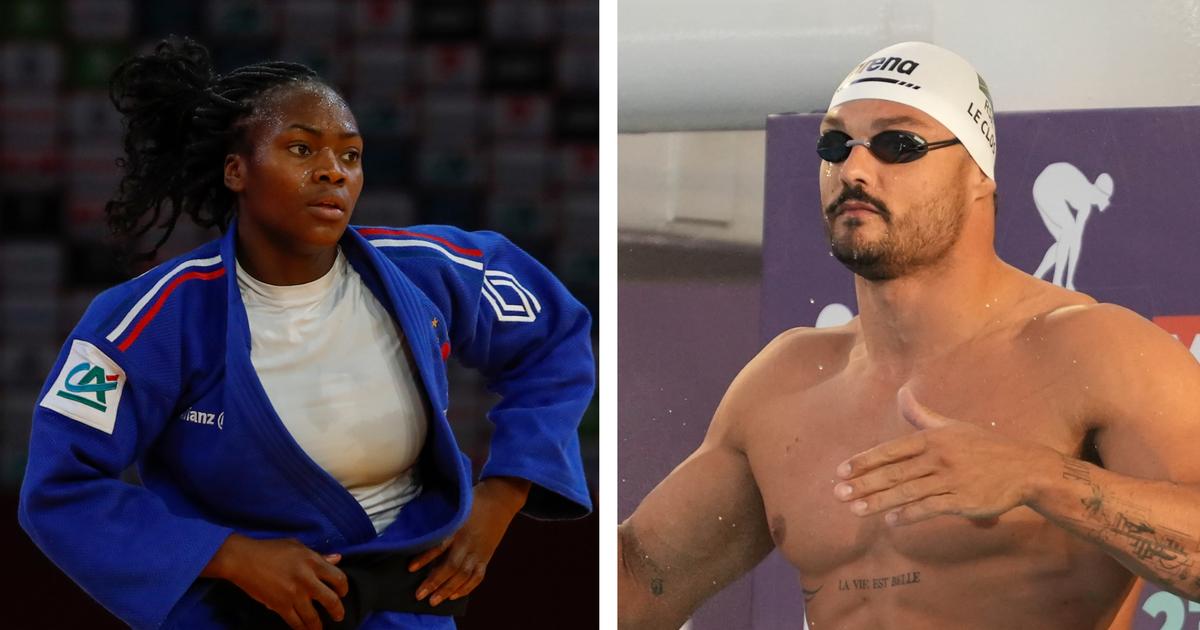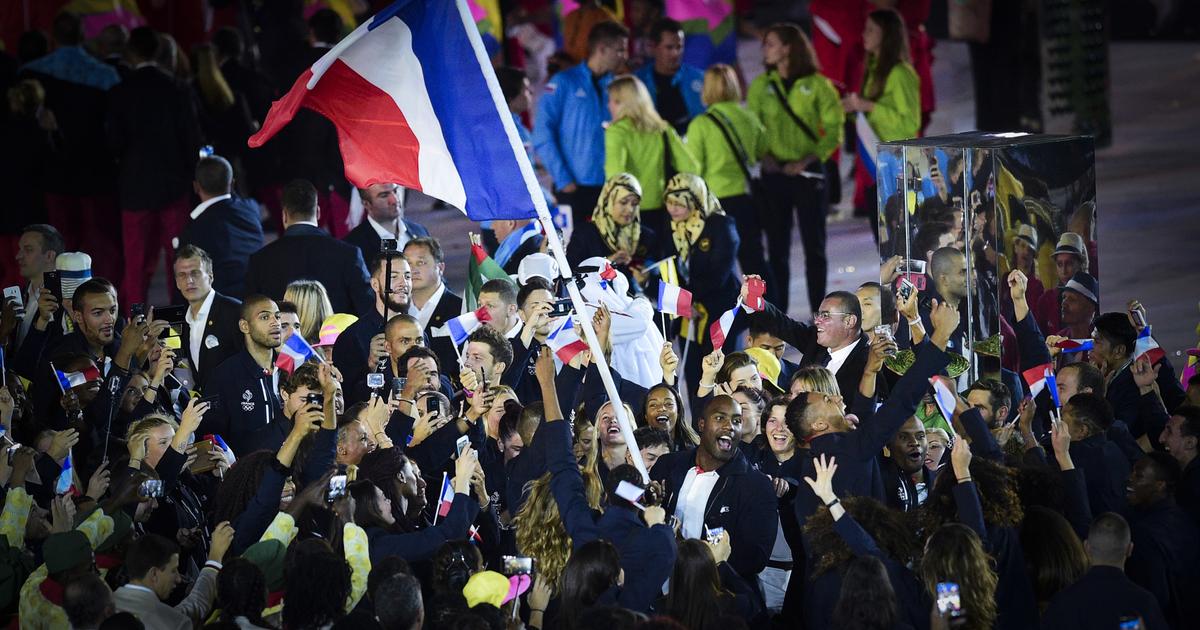The puzzling retirement of Simone Biles 1:13
Editor's Note:
Jill Filipovic is a New York-based journalist and author of the book "OK Boomer, Let's Talk: How My Generation Got Left Behind."
Follow her on Twitter.
The opinions expressed in this comment are solely his own.
See more opinion pieces.
(CNN) -
You know the old saying that Ginger Rogers could do everything Fred Astaire did, but on her back and in heels? That's the story of world-class female athletes, too: They do most of what men do (and sometimes more), and they do it while being sidelong glances, booed, scolded, sanctioned, fined, and otherwise hyper-politicized. So they wear to compete. Paralympian Olivia Breen's sprint shorts? Too short. The thigh-high shorts of the Norwegian women's handball team? Too long. The cap worn by British Olympic swimmer Alice Dearing over her natural black hair? It is not acceptable, according to the International Swimming Federation, because, in a justification with echoes of phrenology, it does not "conform to the natural shape of the head."
Paralympic athlete Olivia Breen is outraged after an official said her sprint shorts were too short
What women wear has always been the subject of scrutiny, of course, and is still strictly regulated in many parts of the world.
Female athletes are no exception, and their own participation in sport is a reliable trigger for misogynists around the world.
Last week, former President Donald Trump, for example, encouraged a crowd to boo the US women's soccer team competing in the Tokyo Olympics, saying "Americans rejoiced" when the team lost to Sweden because it considered American women to be too progressive ("Wokeism" was its embarrassing assertion).
(Someone should tell him about the women of Sweden).
Simone Biles steps aside and withdraws from the team gymnastics event
Some authoritarian and conservative countries forbid women even to attend sporting events, and many impose codes of modesty so strict that it is difficult or impossible for their athletes (or aspiring athletes) to compete at elite levels.
Try being an Olympic gymnast if your clothes have to hide your body lines, or swimming if you have to cover your nose and mouth in public.
But it's not just misogynistic codes of modesty that female athletes have to deal with.
There is also the other side of the coin: forced sexualization and feminization.
The Norwegian beach handball team was fined by the European Handball Federation for wearing those supposedly too long shorts instead of the required high-cut, tight and revealing bikini, with a side width of no more than 9 centimeters, "cut at upward angle toward the top of the leg. "
(Singer Pink tweeted her support for the team and offered to pay the fine.)
Women's beach handball team fined for choosing shorts over bikini
Handball players can wear any shorts that are "not baggy" and do not exceed 9 centimeters above the kneecap.
The difference is remarkable: men play in shorts and tank tops, women practically in bikinis.
The clamor has been loud enough for the rules to change.
At the Olympics, the women of the German gymnastics team also made a statement, competing in leggings that covered their legs instead of the standard high-cut leotards.
It wasn't about promoting modesty, but about stating that female athletes should have more options for dressing and that they don't need to be sexualized (and constantly judged) to compete.
Olympic Games: records, surprises and curious moments in Tokyo 2020 (2021)
"We decided this is the most comfortable leotard for today," Elisabeth Seitz, a member of the German team, said Thursday. "That does not mean that we do not want to continue wearing the normal leotard. It is a decision that is made every day, depending on how we feel and what we want. On the day of the competition, we will decide what to wear."
Codes of modesty and mandatory sexism both have the same root: deep discomfort with women who use their bodies in an unauthorized way. Codes of modesty presuppose that women's bodies are inherently sexual and alluring. They must cover themselves to demonstrate their moral virtue and to protect the seemingly weak men of the world from their own impure thoughts by seeing what the body police have decided is potentially lust-inducing: a woman's nipple glimpsed during her breastfeeding. private, an exposed shoulder, a smile, a hair, a wrist or an ankle exposed.
The demand that female athletes wear unnecessarily revealing clothing also reflects an effort to impose gender differences and a deep anguish over female autonomy, in particular the discomfort that women use their bodies in ways that are long reserved for men. .
The Olympic gymnasts of Germany wear uniforms that cover the whole body in rejection of the sexualization of sport
Women's distinctive uniforms sometimes serve a purpose, for example to contain breasts that most male athletes do not have, but are often designed to signal that female athletes remain feminine and sexually attractive, despite their prowess athleticism and her physical mastery in a sport.
Women have not yet achieved equality with men, neither in the Olympic Games nor in any country in the world. They have been competing in the Olympics for more than a century, but it has been a series of fierce struggles over what sports women can compete in and what they can and cannot wear (male athletes also suffer from this sexist double standard: men they cannot yet compete in rhythmic gymnastics or synchronized swimming).
However, progress is constant: this year, the International Olympic Committee published a guide for the media in which broadcasters are encouraged to avoid the sexualization of women and to treat all athletes with integrity, advising them to " don't focus unnecessarily on appearance, clothing, or private body parts. "
It's sad that it has to be said, but it is so.
It would be easy to say "let the women wear what they want", but of course, in elite sports, it is more complicated than that: for there to be a level playing field it is necessary to standardize the uniforms, since even a small change in a garment you can give a competitor a sufficient advantage to win.
But the dress code should take into account fairness and performance, not concerns about sex and gender.
dress code















